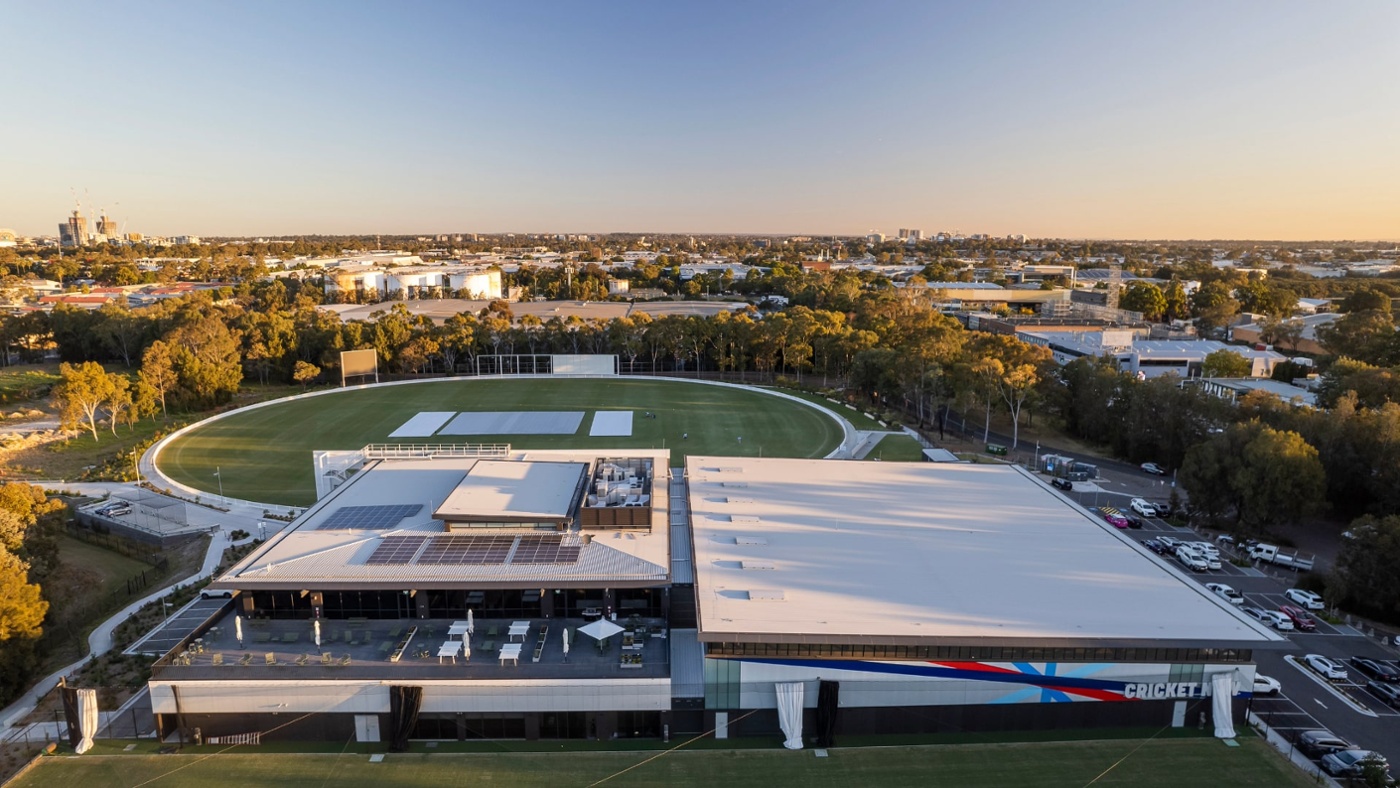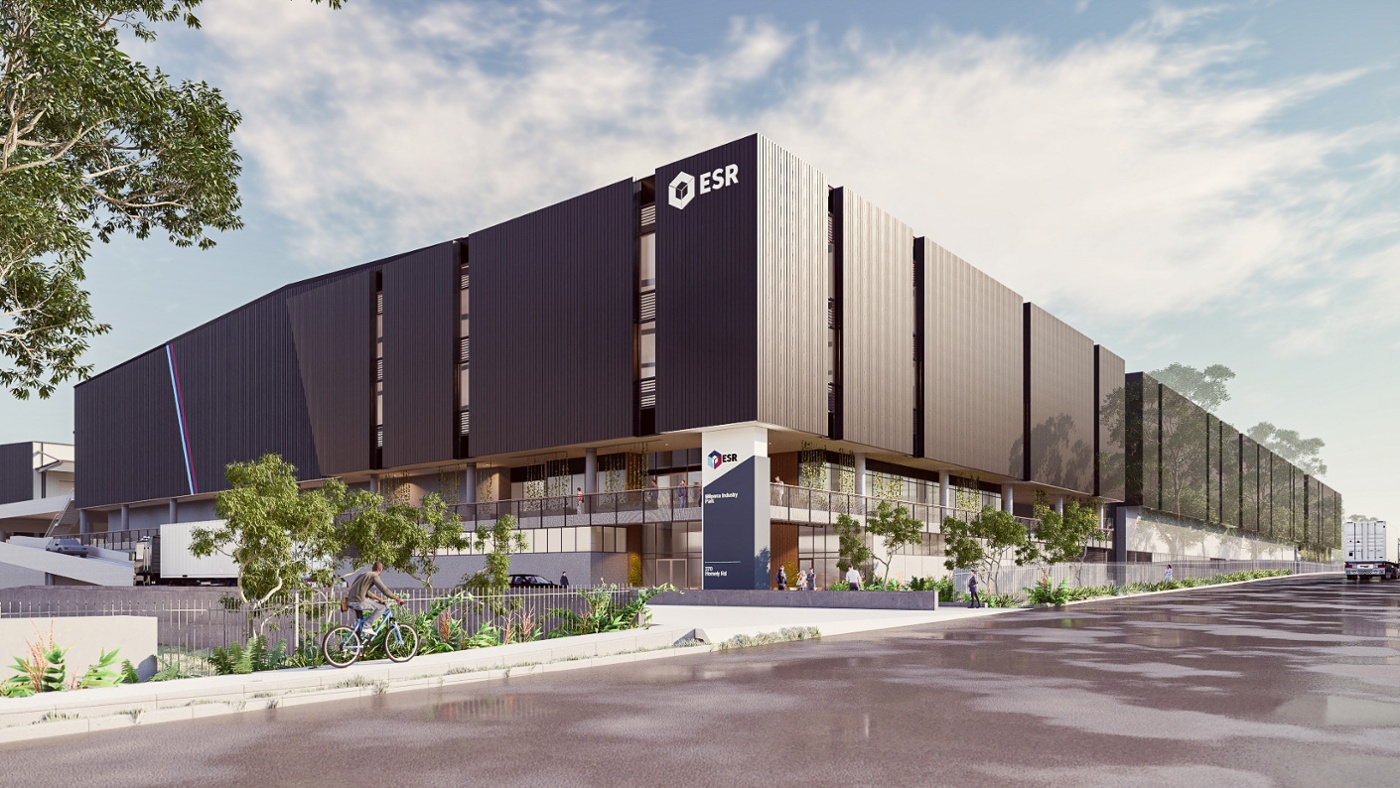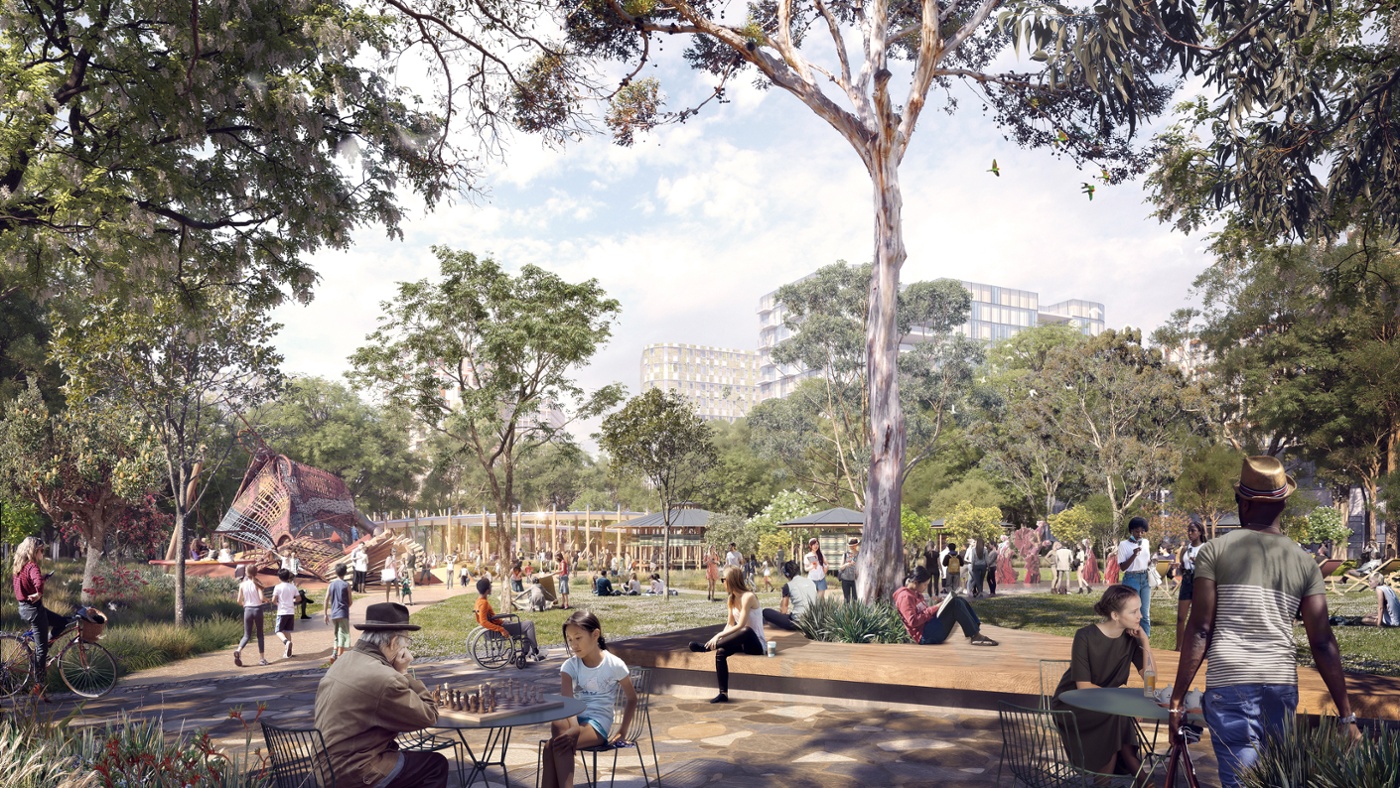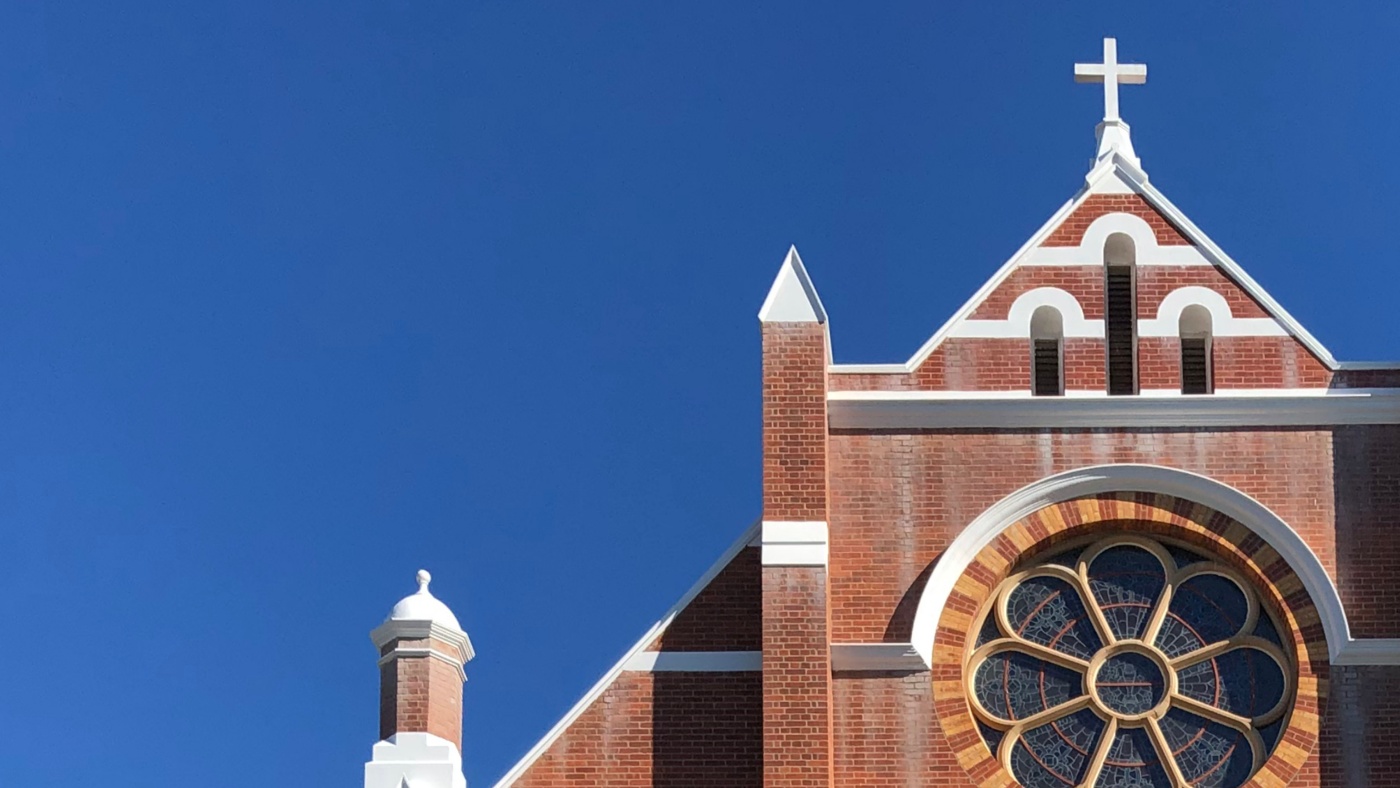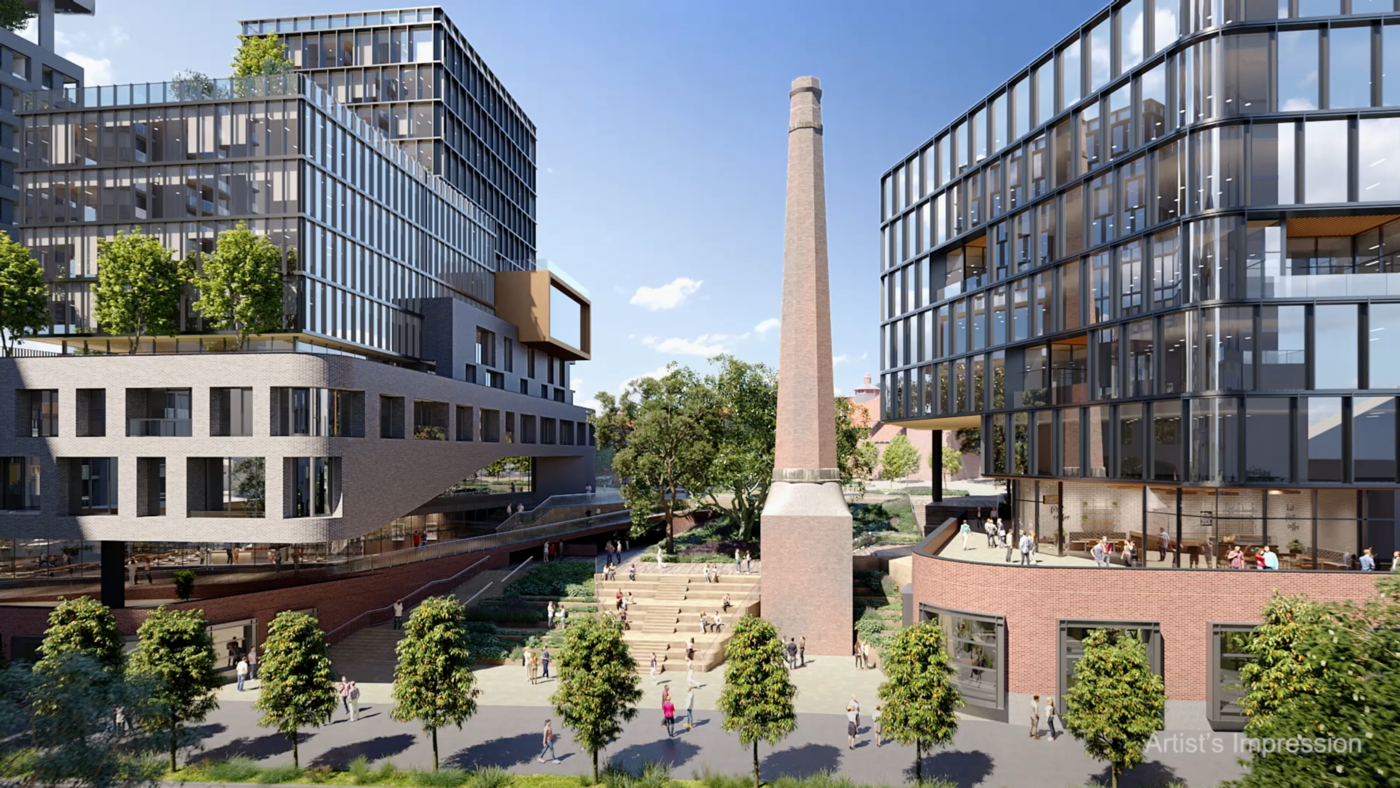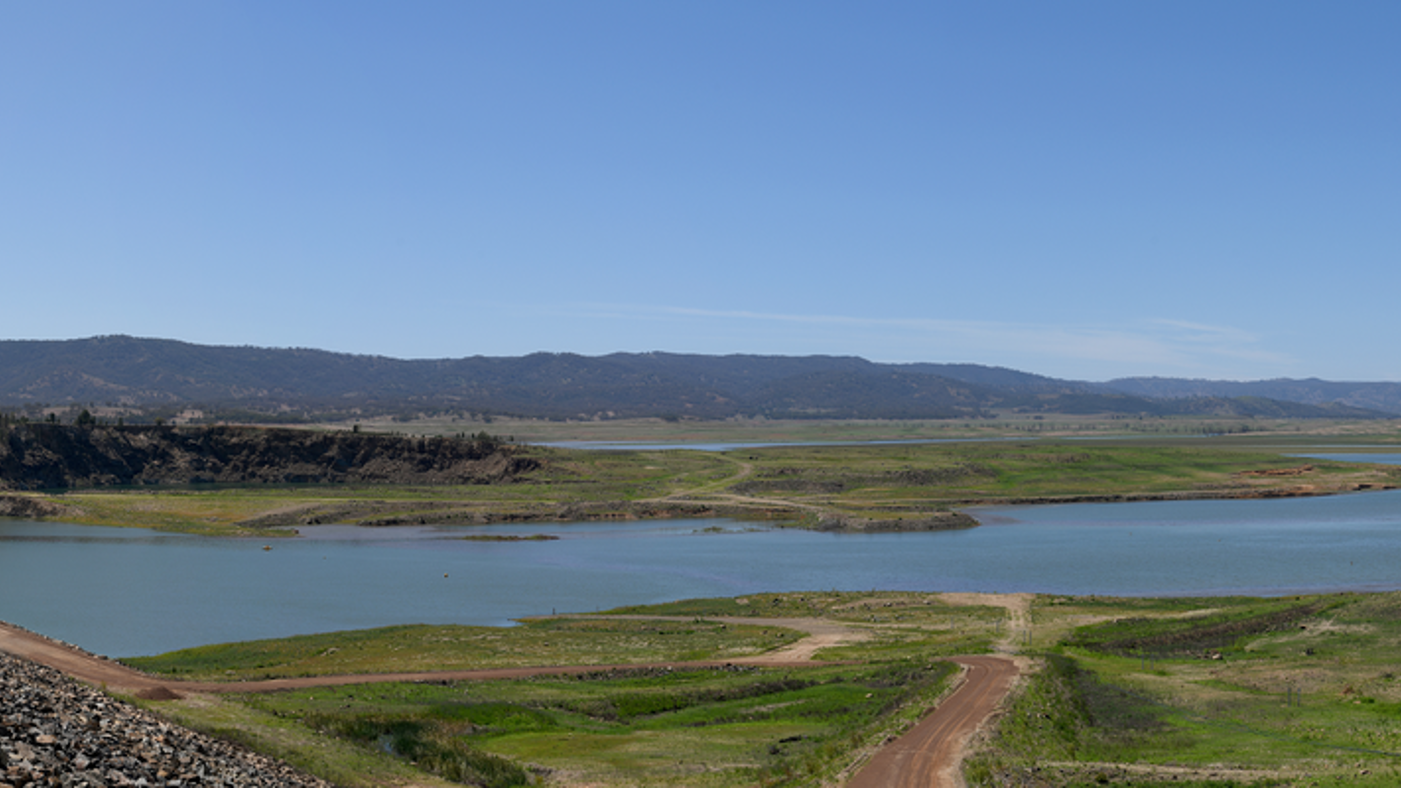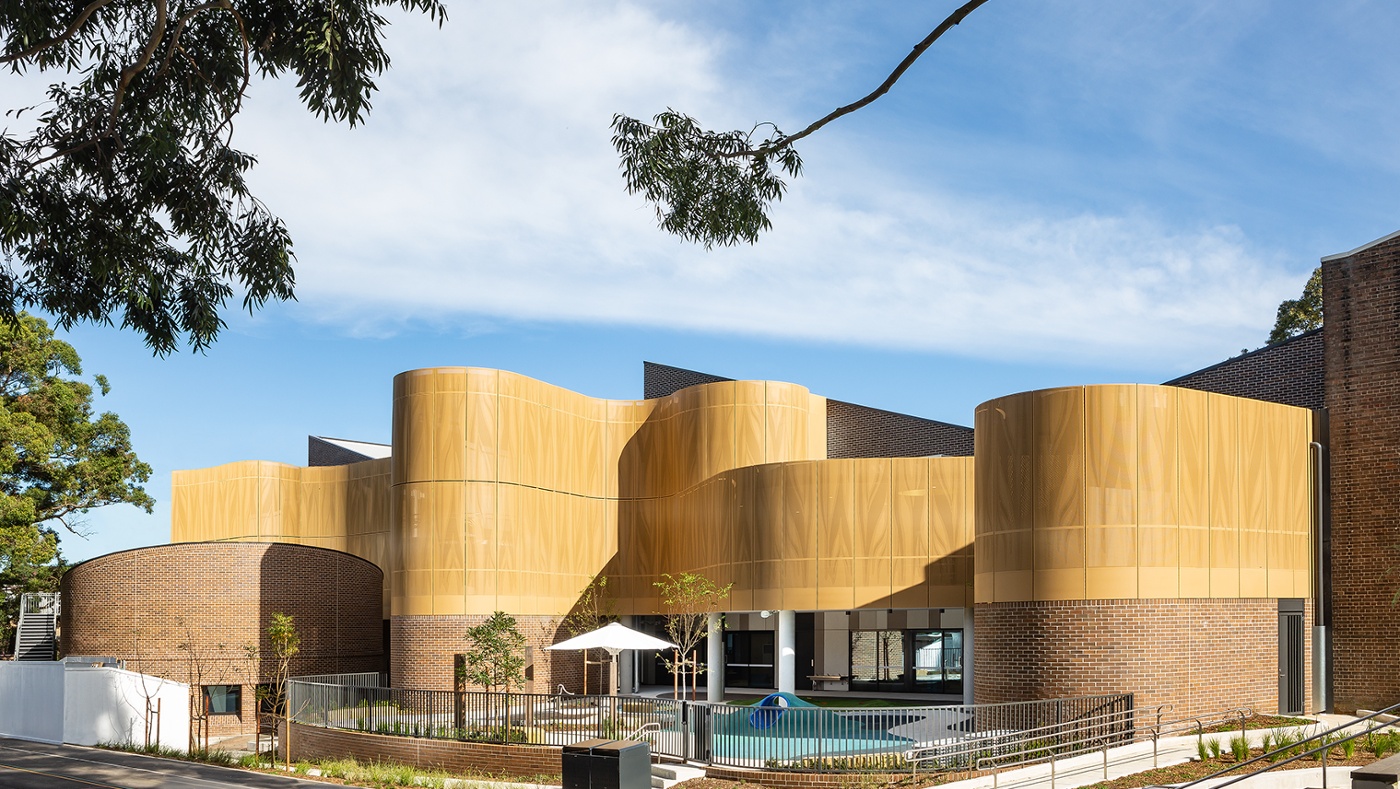Brighton Council Social Infrastructure Plan
Navigating complexity to secure Brighton's community infrastructure future
Effectively planning and delivering social infrastructure requires a nuanced understanding of contemporary local social conditions and broader social trends (e.g., rapid population growth, rising inequality driven by the rising cost of housing, and climate change adaptation), as well as a recognition that unexpected events and trends may emerge during the planning horizon.
In close collaboration with Brighton Council, the Community Collaborative, and the Brighton community, Ethos Urban delivered a Social Infrastructure Plan that synthesised quantitative facility benchmarking, qualitative social research, spatial analysis, and community engagement to deliver a set of objectives and actions for the future provision of social infrastructure in Brighton to 2042.
We know that high quality community facilities can significantly enhance sense of place and community identity, foster social connectedness and strengthen social capital over time as an area grows and develops.
Being able to deliver these facilities, however, remains a challenge of funding, logistics, and the complexities of delivery.
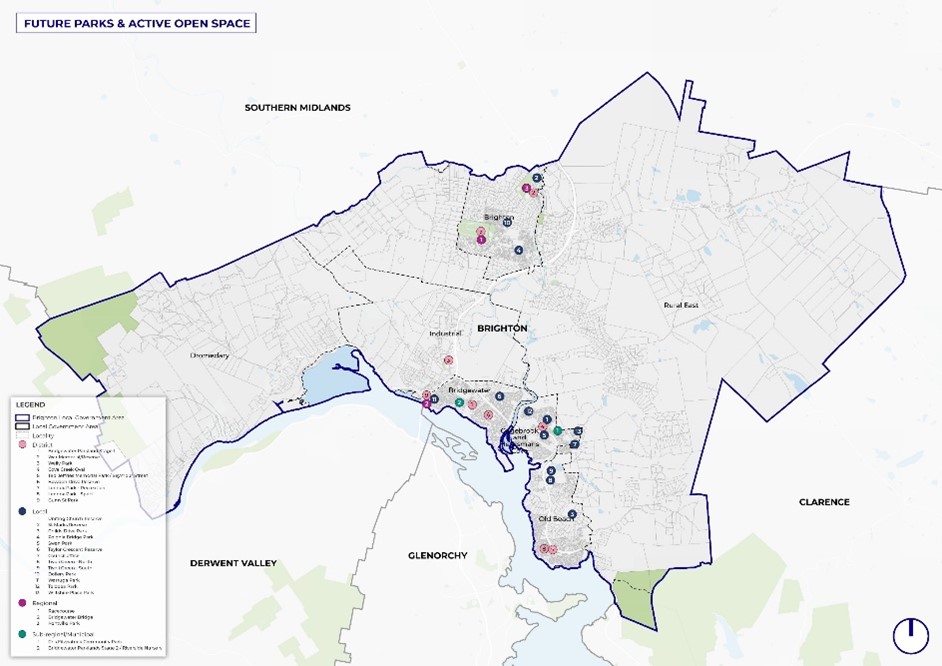
Our Strategy aimed to strike the careful balance between ambition for Brighton’s future prosperity, and the sensible, realistic means by which Council can support this ambition through social infrastructure.
The name of the game was overcoming the challenges faced by local councils in delivering on significant social infrastructure needs for a complex and diverse population. Striking this balance through careful, considered approaches to delivery that focused on effectiveness and enhancing what Council had rather than pursuing costly, wholesale infrastructure delivery unless fully justified based on the evidence base.
Based on an extensive needs assessment and gap analysis, our Plan aimed to deliver a thorough, considered set of actions that responded to local need and community aspirations for the future of their neighbourhoods. Examples of key moves include:
- Focusing on social infrastructure that celebrates, connects and supports Brighton’s community character and identity through community involvement in the design and delivery of infrastructure
- Prioritising sustainable, adaptable, and responsive social infrastructure network through monitoring and evaluation, and the development of a social infrastructure delivery strategy for new release areas
- Leverage opportunities through strategic partnership and collaboration, such as with the faith community, service organisations, and development partners.
- Identifying interim, cost-effective solutions to meet community needs – such as through joint use agreements with local schools, popup spaces and services, and programming of vacant retail spaces within local town centres.
- Creating destinations for connecting learning, socialising and creating – such as through a new library for Brighton Town Centre and an employment and work hub in Bridgewater
- Renewal of the existing network through an asset upgrade strategy, focusing on creative infrastructure and community co-design, and community hiring
- Enhancing the utilisation of existing facilities and delivering affordable space for community service providers, such as through community activation grants, a popup program, and community hiring and leasing policy
- Creating a network of youth friendly spaces, including a popup Youth Centre in Gagebrook
Ultimately, the solution to planning effectively for the future lies in clever and pragmatic planning undertaken collaboratively with Council, key stakeholders, and communities, through effective engagement and strategic solutions to enhance and retain existing social assets. This Plan is an important step in that process.
Client
Brighton Council
Location
Brighton LGA, Tasmania
